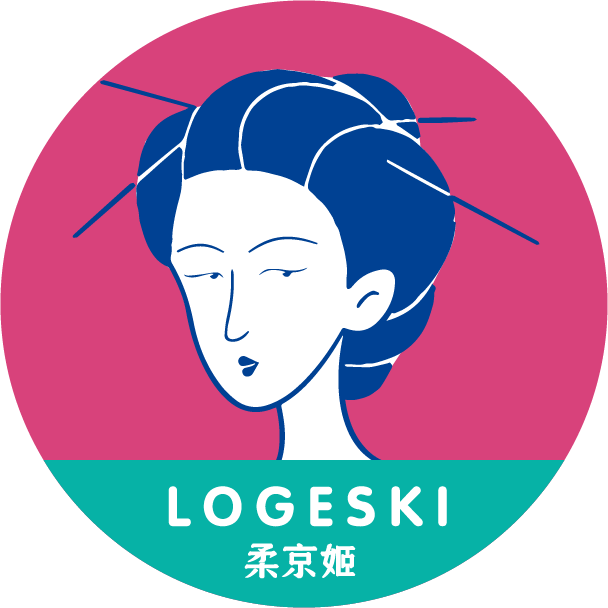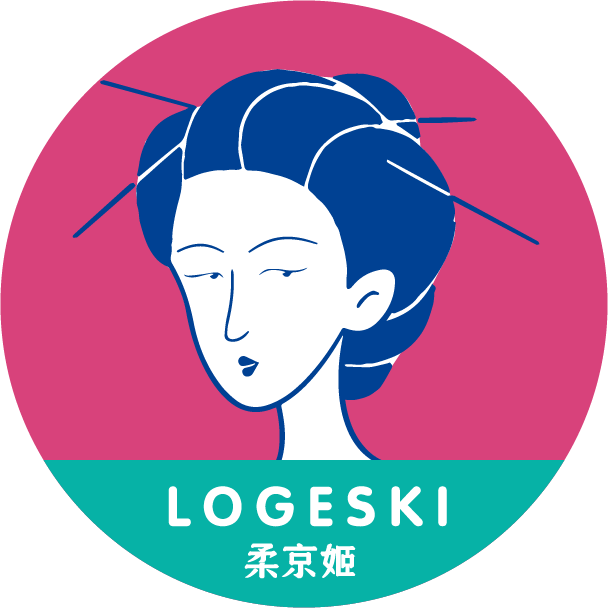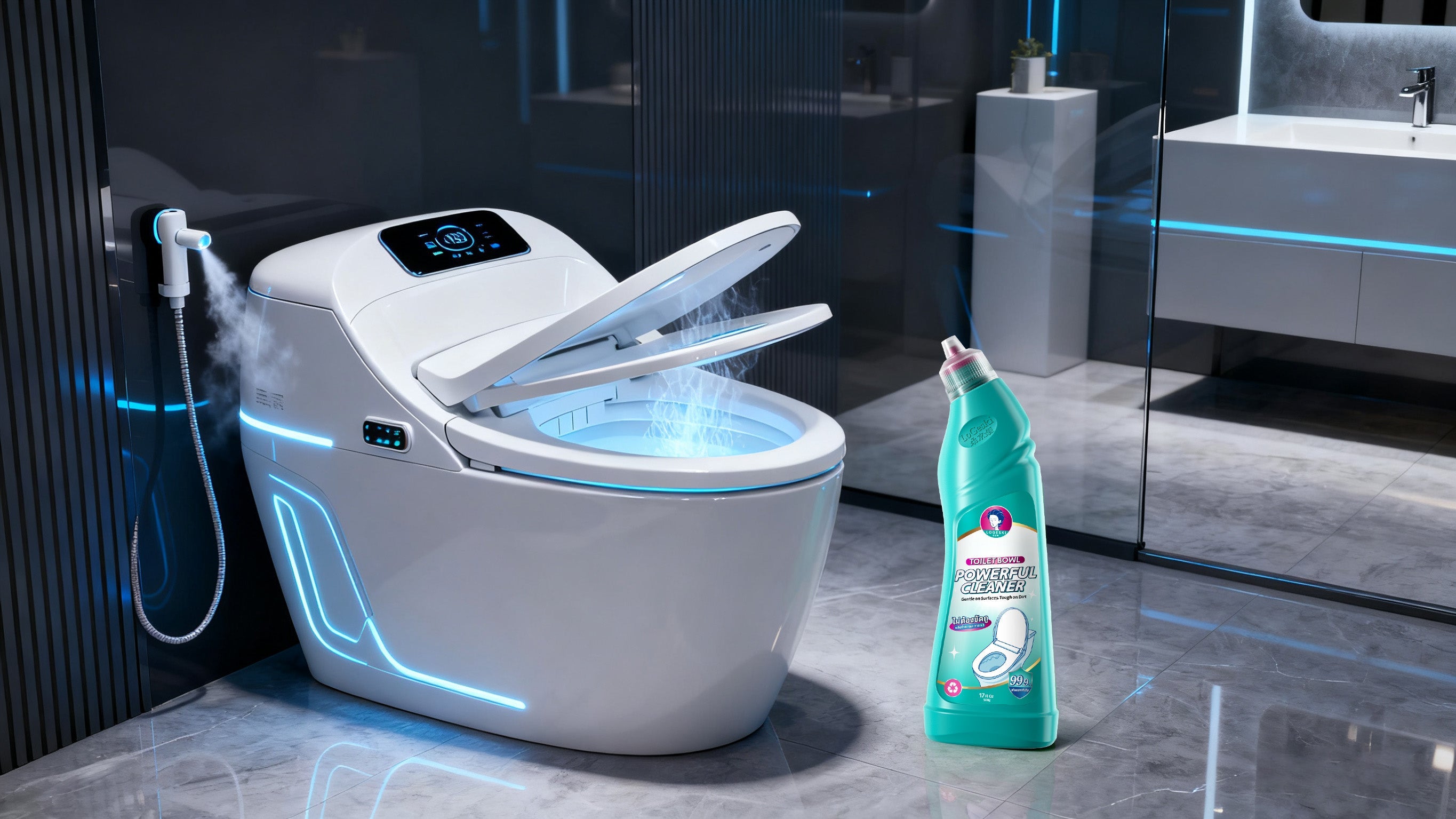Introduction
The toilet — a private yet essential space in human life — has always been closely tied to the progress of civilization. While the invention of the flush toilet solved the problem of sanitation, it also created a new challenge: how to keep it clean. The story of toilet cleaners is therefore a mirror of human ingenuity, chemistry, and even social change.
This article explores the history of toilet cleaning, from ancient methods to modern innovations, with a few surprising fun facts along the way.
I. Toilets in Ancient Times and Early Cleaning Methods
Archaeological evidence from the Indus Valley Civilization (2500 BCE) reveals early toilet structures with drainage systems, though no chemical cleaners existed.
In Ancient Rome, public toilets were common, and people used a stick with a sponge (tersorium) for cleaning.
Fun Fact: The sponge stick was shared among users and soaked in vinegar or salt water as a form of “disinfection.”

II. Modern Toilets and Cleaning Challenges
In 1596, Sir John Harington in England invented an early flushing toilet. However, it wasn’t until the 19th century Industrial Revolution that toilets became widespread in middle-class homes.
The challenge? Cleaning. People used sand, ashes, and even yogurt to scrub away dirt.
Fun Fact: Victorian-era toilets were ornate but notorious for bad odors and poor hygiene.

III. The Birth of Early Toilet Cleaners (Early 20th Century)
The rise of chemical industries in the early 1900s brought the first generation of toilet cleaners. These were usually strong acids, which dissolved limescale but were hazardous.
Fun Fact: In the 1920s, some households used sulfuric acid to clean toilets — extremely effective, but highly dangerous!

IV. Chlorine-Based Cleaners and Modern Packaging (1950s–1970s)
By the 1950s, chlorine-based cleaners (sodium hypochlorite) became popular for both stain removal and disinfection.
In the 1970s, the bent-neck bottle was invented, inspired by garden watering cans. It allowed people to pour cleaner under the toilet rim more easily.
Fun Fact: The first bent-neck bottle patent came from a German engineer.

V. Contemporary Toilet Cleaners
Today’s cleaners are evolving in several ways:
Multi-function: stain removal + disinfection + deodorizing.
User-friendly: foams, gels, and rim blocks.
Eco-friendly: biodegradable surfactants, reduced harsh chemicals.
Emotional marketing: brands emphasize family care and ease.
Fun Fact: In Japan, “toilet perfumes” are sold as luxury items, sometimes more expensive than actual perfume!

VI. The Future of Toilet Cleaning
With the rise of smart homes, the future may involve self-cleaning smart toilets with built-in disinfectant sprays. The role of toilet cleaners will shift towards safety, sustainability, and automation.

Conclusion
From Roman sponge sticks to chlorine-based disinfectants, the history of toilet cleaners is a reflection of human civilization. What was once a dirty chore has become a science of hygiene, convenience, and even luxury. The next time you squeeze a bottle and watch foam dissolve stains, remember: it’s the result of thousands of years of progress.
References (academic-style):
Smith, J. (2005). The History of Sanitation and Toilet Cleaners. Journal of Hygiene Studies, 12(3), 201-218.
Wang, M. (2018). The Development of Cleaning Chemicals. Chemical Industry Press.
WHO. (2020). Sanitation and Health Report. World Health Organization.






Chia sẻ:
บันทึกน้ำท่วมไทย | LOGESKI ขอยืนเคียงข้างคุณ
Mold Is the Root Cause of Persistent Odors